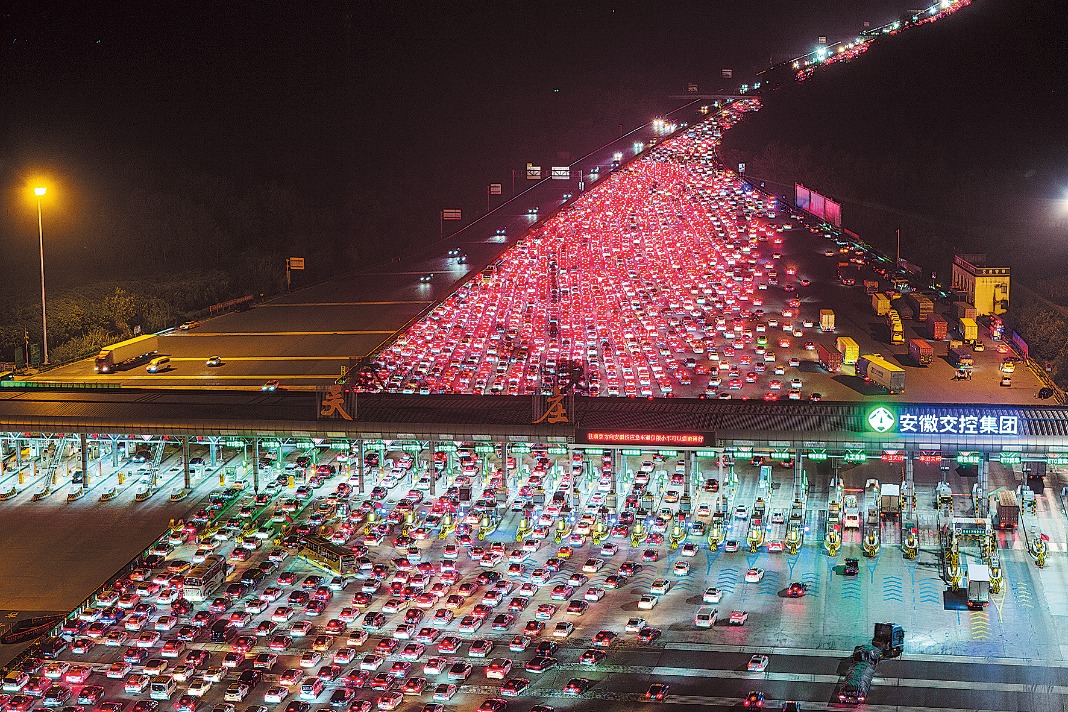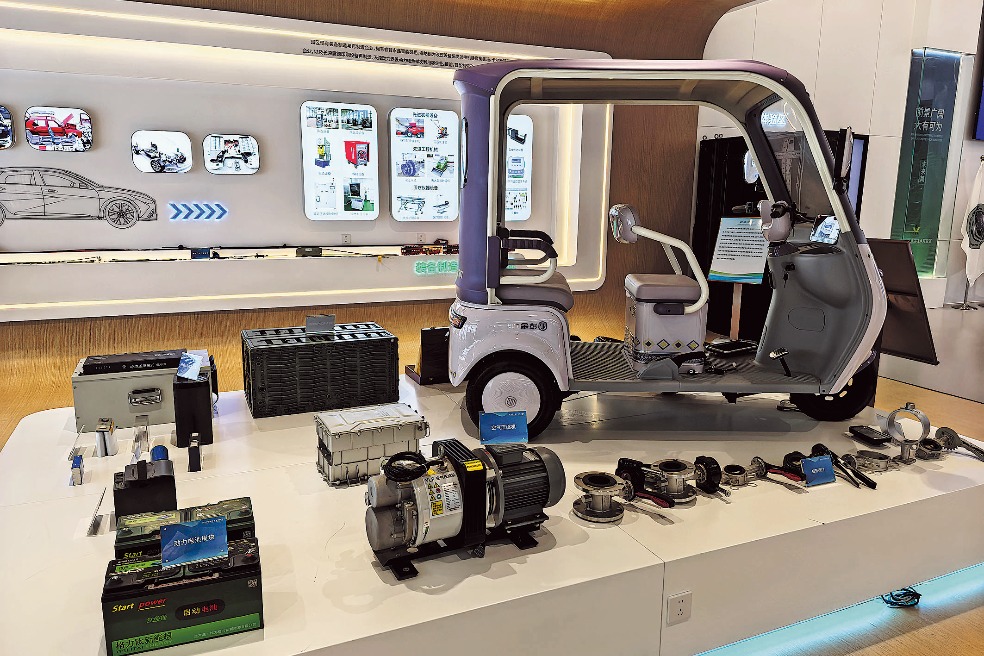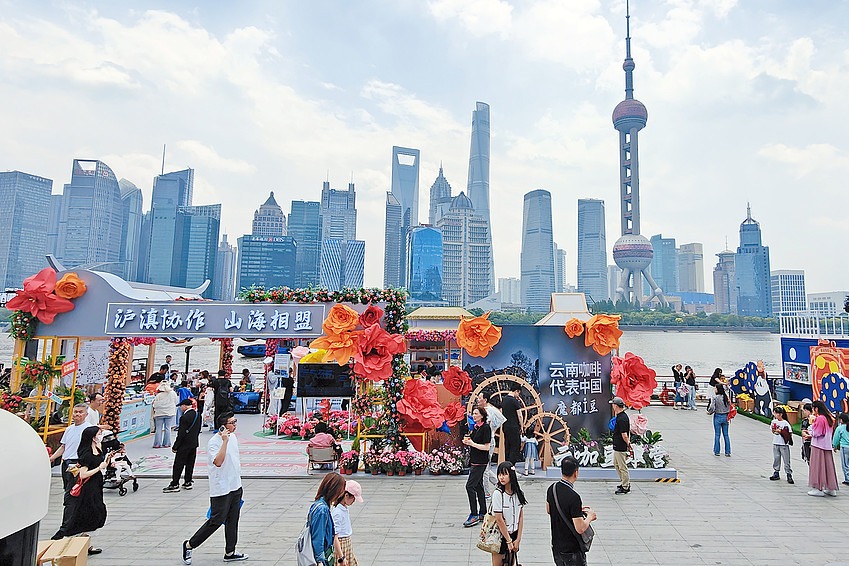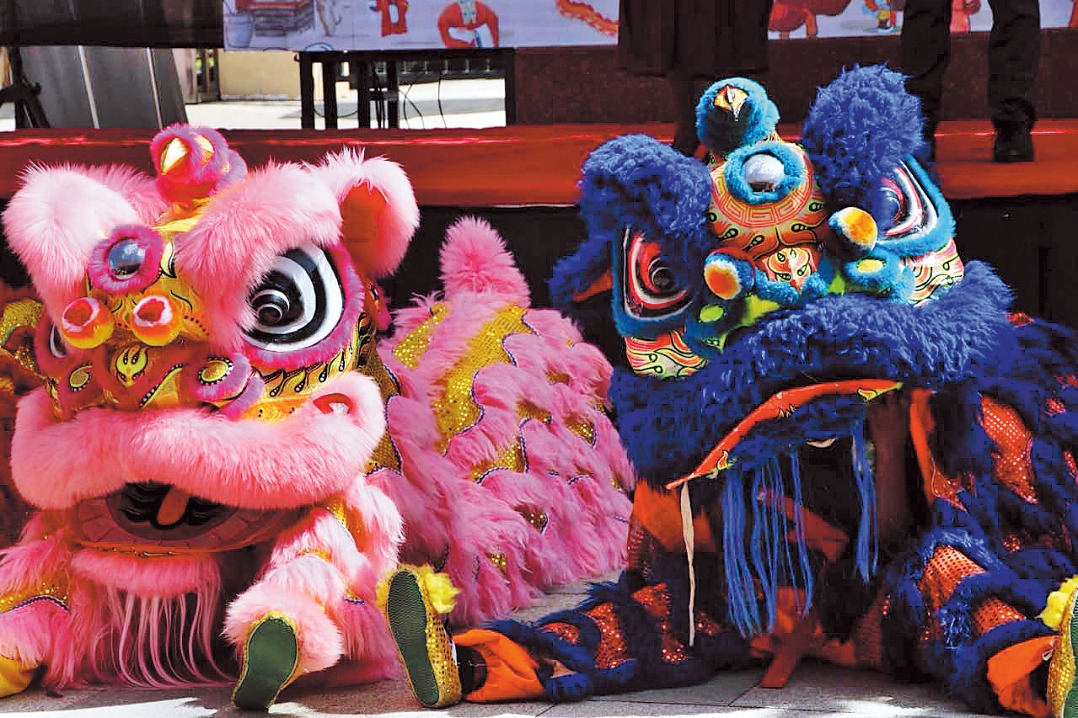2025 World Humanoid Robot Games push tech innovation boundaries in the arena

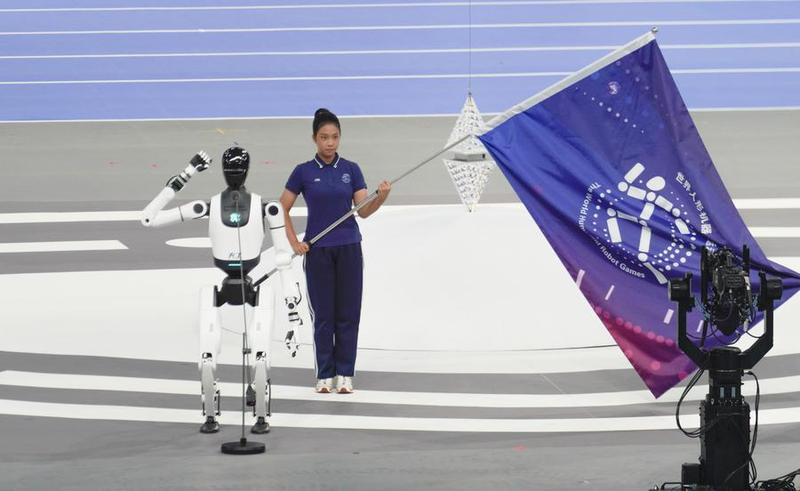
BEIJING - The ongoing 2025 World Humanoid Robot Games are part competition, part carnival. They are a stage on which intelligent machines from around the world demonstrate their skills in events ranging from football to high jump.
As nations race farther into the era of artificial intelligence, companies and research institutions are using the event as both a showcase and a knowledge exchange, pushing the limits of robotics design and performance.
On the football pitch, three-a-side and five-a-side matches pit AI-powered robots against one another. Guided by high-speed visual sensors, they track the ball's trajectory with precision. What they lack in human speed and coordination - often tripping and tumbling - they make up for in mechanical agility, springing back to their feet in seconds to rejoin play.
Around the venue, robot doctors diagnose breakdowns with terms such as "right hip joint disconnection" and "left foot plate detachment," armed with tools for quick field repairs.
The cycle of competing, falling, being fixed and returning to the field reflects a crucial stage in the evolution of robotics, said Li Zi'ao, a graduate student at North China Electric Power University and the leader of his school's robot football team.














